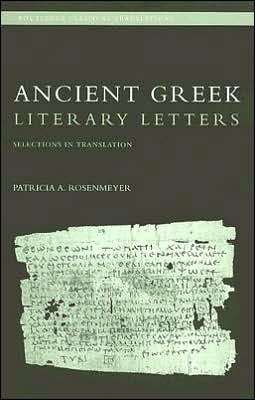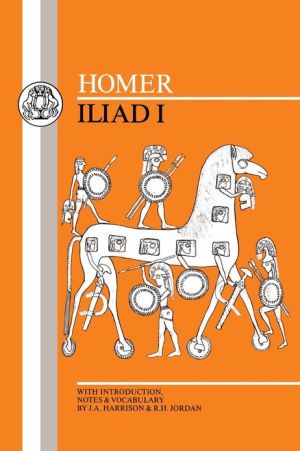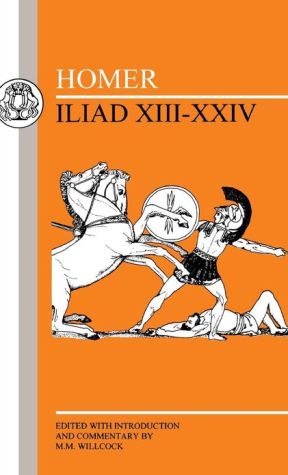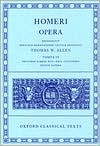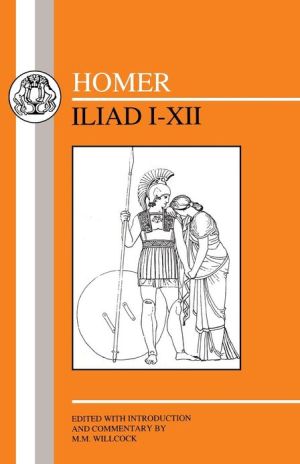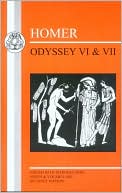Ancient Greek Literary Letters: Selections in Translation
The first referenece to letter writing occurs in the first text of western literature, Homer's Iliad. From the very beginning, Greeks were enthusiastic letter writers, and letter writing became a distinct literary genre. Letters were included in the works of historians but they also formed the basis of works of fiction, and the formal substructure for many kinds of poem.\ Patricia Rosenmeyer, an authority on the history of the Greek letter, assembles in this book a representative selection of...
Search in google:
What was it about epistolarity that appealed so strongly to the Greek imagination?The first reference in Greek literature to a letter occurs in our oldest extant Greek poem, Homer's Iliad. But letters can be found lurking in every corner of ancient Greek writing. This book aims to bring the literary letters themselves into clear view for contemporary readers. Many ancient writers included letters in other narrative genres: Euripides brought letters on stage; historians included letters as documents; Greek novelists sprinkled their stories with letters exchanged between separated lovers; and epigrammatists played with the epigram as letter. By the second and third centuries CE, many centuries after Homer's epics, imaginative letters evolved into an established genre in their own right: Aelian and Alciphron excelled in epistolary impersonations, imitating the voices of the lower classes, and collecting their letters in anthologies; Philostratus emerged as a master of epistolary spin, taking one theme and subtly tweaking it in half a dozen letters to different addressees; and anonymous writers competed with one another in their particular form of ghostwriting for the rich and famous.Arranged chronologically, with introductory sections for each time period, this book studies this wide range of writers, genres and literary levels and suggests that there is more to a letter than just the information it communicates. Epistolary context is just as important as content, as will be rediscovered by Ovid, Richardson, Laclos, and a whole host of later European writers. Patricia A. Rosenmeyer has chosen a highly entertaining selection, which include translation of previously inaccessible or untranslated works, and deftly opens up a neglected area of study to provide an enjoyable and significant survey for students of Greek epistolography.
1. Classical Greek Literary Letters 2. Hellenistic Literary Letters 3. Letters and Prose Fictions of the Second Sophistic 4. The Epistolary Novella 5. Pseudo-Historical Letter Collections of the Second Sophistic 6. Invented Correspondences, Imaginary Voices
